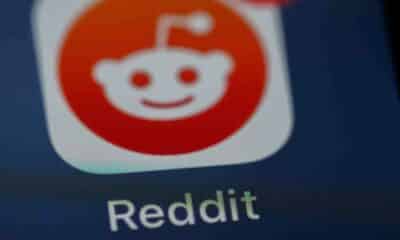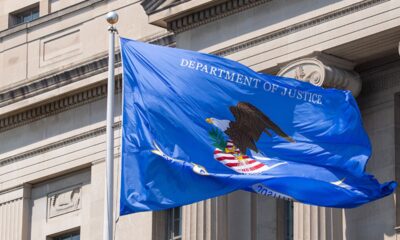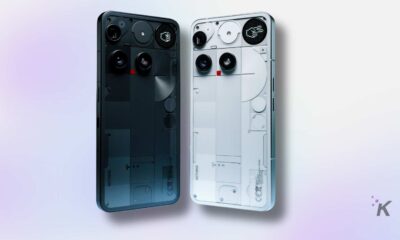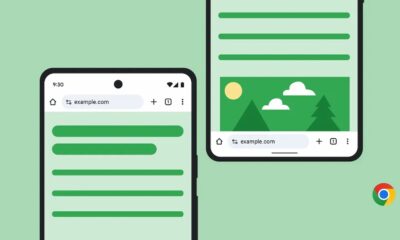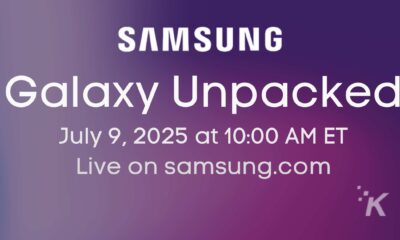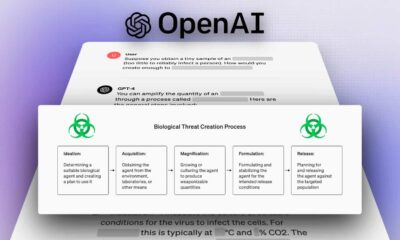News
Trolls force Twitter to suspend paid verification after just one day
Twitter is a mess right now.
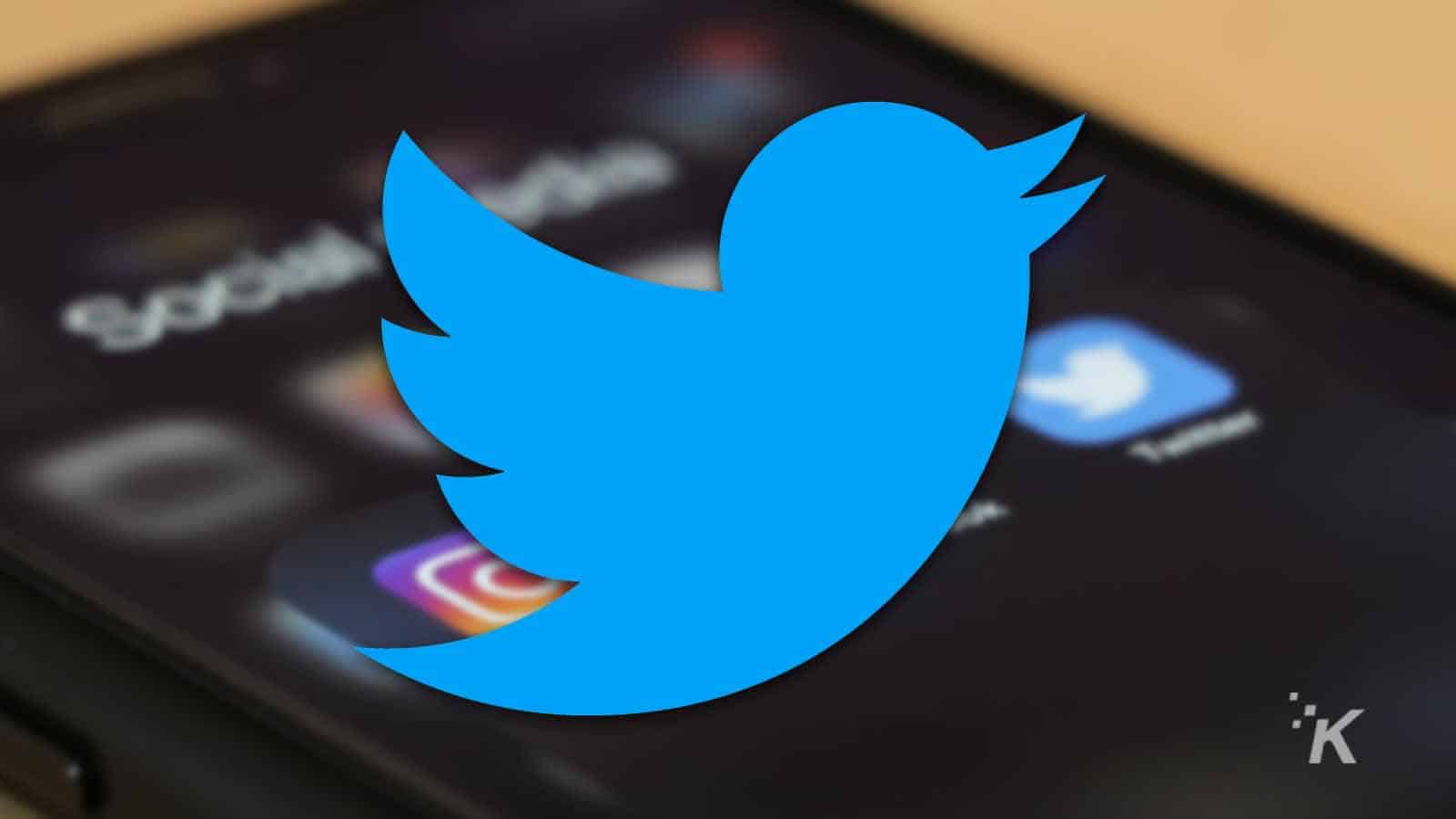
Just a heads up, if you buy something through our links, we may get a small share of the sale. It’s one of the ways we keep the lights on here. Click here for more.
Twitter has silently withdrawn the ability to pay for verification from its mobile apps just one day after it introduced the feature.
Jane Manchun Wong — a developer with the unusual hobby of reverse-engineering social media apps to learn their secrets — first spotted the change.
The move comes as Twitter battles with a flood of fake “verified” accounts that impersonate established brands, often saying things that are anathema to their well-crafted corporate image.
Send in the trolls
One verified account purported to be the defense conglomerate Lockheed Martin and announced it would cease sales of military hardware to countries with poor human rights records.
It listed three nations: Israel, Saudi Arabia, and the United States.
Another fake account, this time masquerading as pharma giant Eli Lilly, announced it would cease charging for insulin. A few moments later, the real Eli Lilly account issued a correction.
Even former US presidents aren’t safe. In one tweet, an account claiming to be Donald Trump account took “full responsibility” for the January 6 insurrection.
Trump, we note, is steadfast in his belief that the 2020 election was stolen. He has consistently downplayed the Capitol Hill riot, which led to the deaths of nine people, including four police officers who later took their lives.
In short: Twitter Blue became a tool for trolling. And as a surprisingly blunt email from Elon Musk noted, Twitter remains heavily reliant on advertiser revenue for its survival.
This trolling is hilarious, sure, but it’s kryptonite for advertisers.
Brand unsafety
Twitter has tried to mitigate the effects of this by re-introducing a ‘gray’ checkmark for those accounts it verified outside its premium subscription program.
This move is a Band-Aid over a gunshot wound. Advertisers spend a lot of money and effort in ensuring “brand safety.” They want to protect their reputations when marketing online.
A good example of brand safety would be advertisers refusing to buy slots on websites that deal with things like pornography, gambling, and piracy.
It’s why you’ll never see an advert for IBM or Coca-Cola on The Pirate Bay.
Social media sites have spent a lot of money and time ensuring they can deliver brand safety to advertisers. YouTube, for example, won’t show adverts on particularly risqué or controversial videos.
Twitter has undermined all its previous brand safety efforts by opening the verification floodgates. And this may cost the company more than it stands to earn from its push to a subscription model.
Have any thoughts on this? Carry the discussion over to our Twitter or Facebook.
Editors’ Recommendations:
- This secret Facebook tool removes your phone number and email
- TikTok is moving forward with its music streaming plans
- Instagram for desktop just got a great redesign
- Snapchat now has its own ‘dual-camera’ feature similar to BeReal
















